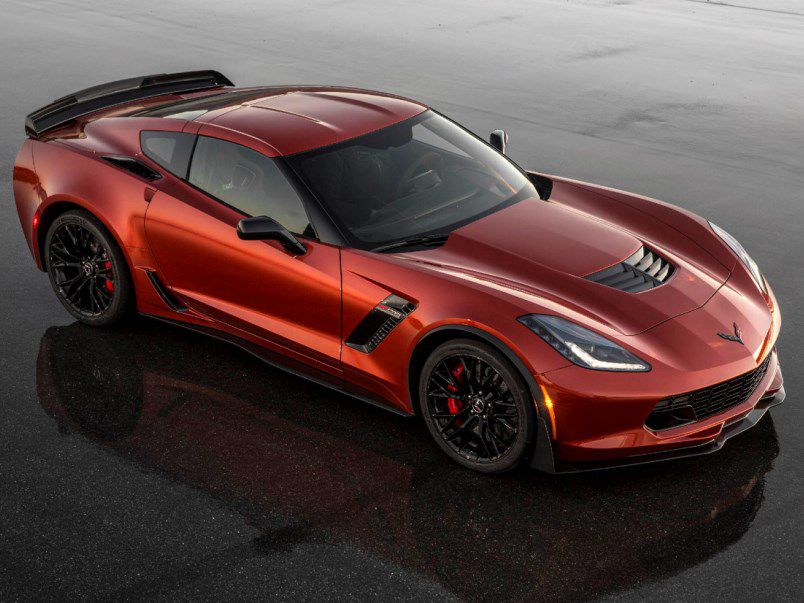Recent Articles
Popular Makes
Body Types
10 Legendary High-Performance Corvettes
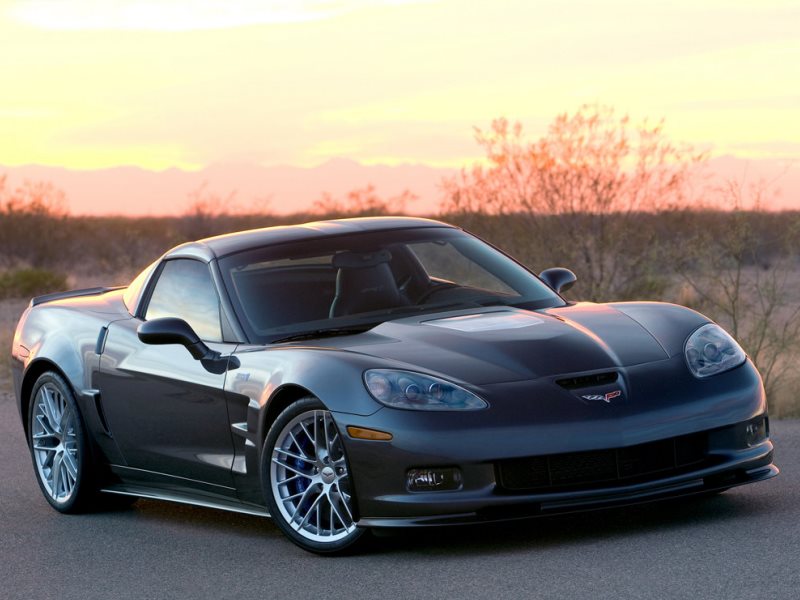
Corvette. That iconic nameplate represents more than 60 years of American sports coupe performance. Over that impressive span of time, the Chevrolet Corvette has taken on many forms, from a mild six-cylinder roadster in its early days, to a full-on muscle car in the 1960s, to a modern sports car from the ’80s onward. Each generation has moved the quality needle progressively upward, and special edition models have pushed the envelope for performance and power. The release of the all-new C7 generation of Corvette in 2013, which marked the arrival of the most capable Stingray to ever land in showrooms, was a hint of what was to arrive a year later – the 2015 Corvette Z06.
Hype surrounding the Z06, which was introduced this year and is sure to be a classic, started a discussion with our team about what other models of Corvette have been significant. After running out of fingers to count them, we called up an expert — Marshall Flancher, editor of Vettenvestments.com — to settle the score.
Here is our well-researched list of the Top 10 Most Iconic High-Performance Corvettes.
1955 Chevrolet Corvette
The Corvette was unveiled as a concept car in January 1953 at the GM Motorama in New York, and the first production car rolled off the line on June 30 that same year. Motivated by a 150-horsepower 235-cu.-in. inline six-cylinder engine mated to a two-speed PowerGlide automatic transmission, that first Corvette wasn’t a world-beater. However, the power and performance improved two years later when the ‘Vette received its first V8. In Road & Track magazine testing, the 195-horsepower 265-cu.-in. V8 cut the 0 to 60-mph time from 11.0 to 8.7 seconds and the quarter-mile time from 17.9 to 16.5 seconds. In addition to the new engine, Chevrolet added a three-speed manual transmission in 1955. Only 700 Corvettes, 693 of which were V8s, were built this year, making them quite rare today. Current pricing runs in the neighborhood of $80,000 to $140,000.
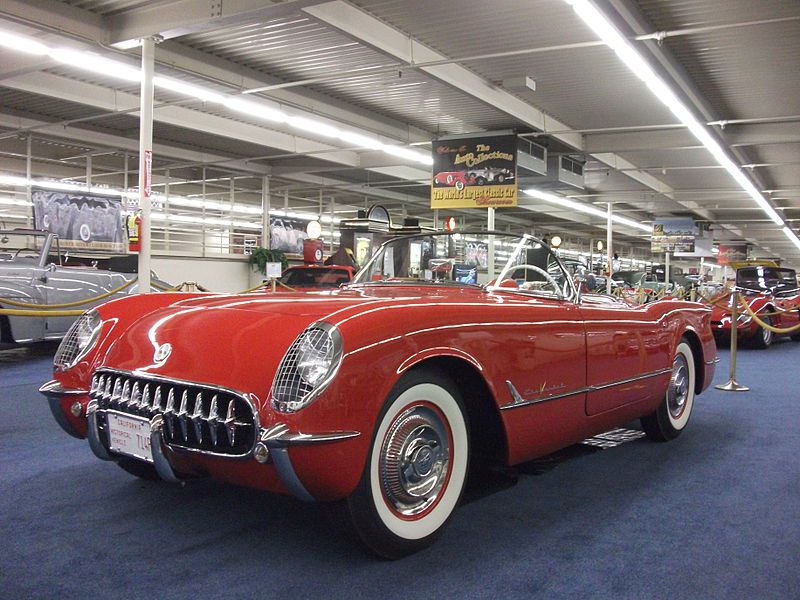
Photo by WikiCommons
1957 Chevrolet Corvette
General Motors design chief Harley Earl tweaked the Corvette’s styling for 1956, adding the side coves that would define the ’50s Corvettes. However, the car really came into its own in 1957 thanks to a larger engine with the ‘Vette’s first fuel-injection system. The 283-cu.-in. V8 now made as much as 283 horsepower – one horsepower per cubic inch – and starting midyear it was offered with a four-speed manual transmission for the first time. In a Road & Track test, a 283 “fuelie” vaulted from 0 to 60 mph in just 5.7 seconds and covered the quarter-mile in 14.3 seconds. Production rose to 6,339 cars this year, 1,040 of which were ordered with fuel injection. Today those cars fetch about $100,000.
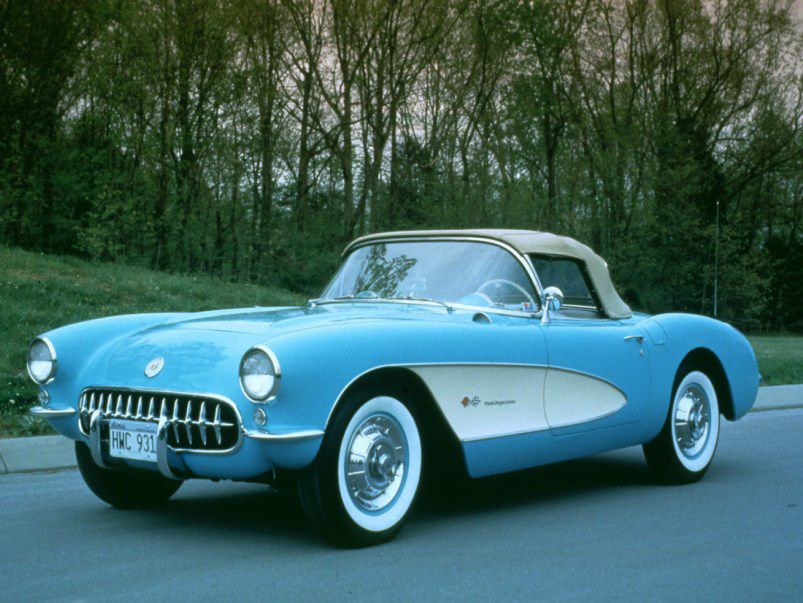
1963 Chevrolet Corvette Z06 Sting Ray
Chevrolet gave the Corvette its first complete redesign for the 1963 model year, adding the Sting Ray moniker and offering a coupe for the first time. Independent rear suspension and air conditioning gave the car a touch of refinement, but the new Z06 package threw refinement out the window in favor of race-day equipment. For an additional $1,818.45 over the price of a coupe, Z06 buyers got a 36.5-gallon fuel tank, aluminum knock-off wheels, a larger front anti-roll bar, upgraded brakes, and stiffer shocks and springs. The only engine was the 360-horsepower 327-cu-in. V8. Later in the year, the Z06 package was available on the convertible for just under $1,293.95, but it excluded the knock-offs and big fuel tank. Only 199 Z06s were ordered, and the package was discontinued after just one year. Many of the Z06s became race cars with competition pedigrees, and they can cost $500,000 or even $1,000,000 today. The road cars can cost much less. One sold in 2010 for $150,000.
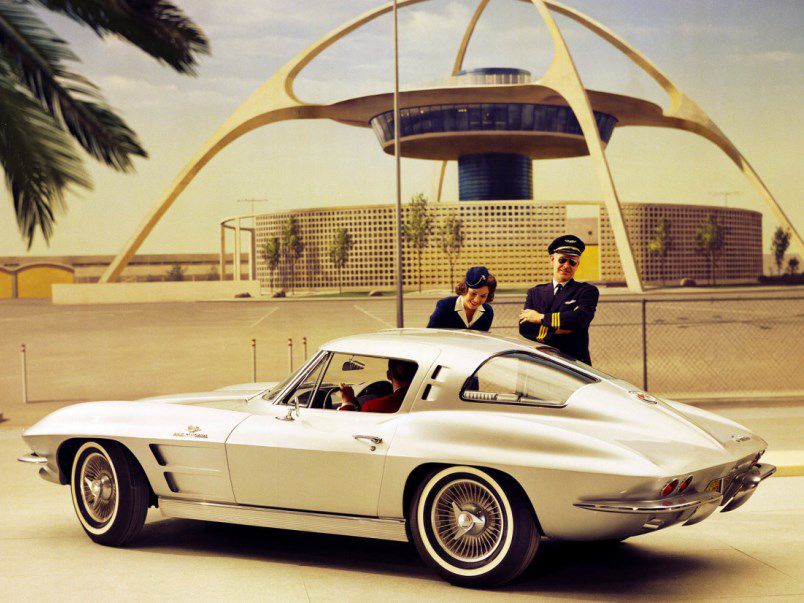
1965 Chevrolet Corvette
Corvette performance rose steadily since that first V8 was introduced in 1955, and in 1965 Chevrolet doubled down on power when it offered the first big-block Corvette. The new Mark IV V8, marketed as the Turbo Jet, was a 396-cu-in. engine that produced 425 horsepower, 50 more than the available 327-cu.-in. small-block V8. With the big block, the Corvette could sprint from 0 to 60 mph in 5.7 seconds and rip down the quarter mile in 14.1 seconds, both of which were made safer by the first four-wheel-disc brakes in Corvette history. Today, a Turbo Jet 1965 Corvette averages about $88,000.

Photo by WikiCommons
1969 Chevrolet Corvette L88 and ZL1
The “shark,” generation Corvette debuted in 1968, during the peak of the muscle car era. The high-performance L88 package bridged the C2 and C3 generations as Chevrolet offered it from 1967 through ’69. Designed for racers, the $1,032.15 L88 package featured stiffer suspension and heavy duty brakes, while deleting creature comforts like a radio, air conditioning and a heater. It also came with a 427-cu.-in. V8 with aluminum heads and a 12.5:1 compression ratio. In 1969, Chevrolet offered the very exclusive ZL1 option. For an additional $4,718.35, which almost doubled the price of the car, ZL1 buyers got a beefed-up aluminum block and a lumpier cam. Both the L88 and ZL1 engines were officially rated at 430 horsepower, but their 12.1-second quarter-mile time indicates they likely made much more. Only 116 L88s were built in 1969, and just three ZL1s were sold. Like the Z06s of ’63, many of the L88s had a racing pedigree, and they can command prices from one to three million dollars today. It’s impossible to put a value on those three ZL1s.

1990-95 Chevrolet Corvette ZR-1
Chevrolet developed the ZR-1 as an attempt to compete with Italian supercars. The most sophisticated Corvette to date, the ZR-1 was powered by the new high-tech LT5 V8. Developed with Lotus and built by Mercury Marine, this 5.7-liter V8 featured dual overhead cams and four valves per cylinder. It put out 375 horses, which made the car capable of a 0 to 60 mph time of just 4.9 seconds and a quarter-mile run of 13.4 seconds. Offered only as a hatchback coupe, the ZR-1 also used the Z51 handling package, larger brakes, and wider rear tires. The “King of the Hill,” as the ZR-1 was called, remained in production until 1995. The ZR-1’s performance has been eclipsed by today’s base-model Corvette, and that limits the car’s resale value. Though they sold for close to $60,000 new, they go for about $35,000 today.

2001-04 Chevrolet Corvette Z06
Chevrolet redesigned the Corvette for 1997, adding the now-familiar rear transaxle, which improved weight balance and handling. The highlight of the C5 generation Corvette was the Z06, which arrived for 2001. Under the hood it featured the new 5.7-liter LS6 V8 that churned out 385 horsepower in its first year and 405 horses thereafter. Zero to 60 mph took just 3.9 seconds, a full second quicker than the ZR-1 from a decade earlier. As the Corvette’s high-performance leader, the Z06 featured a stiffer suspension, sticky Goodyear tires created specifically for the car, and the rigid and lightweight notchback coupe body style. A clean 2001-04 Z06 runs $20,000 to $25,000 today.
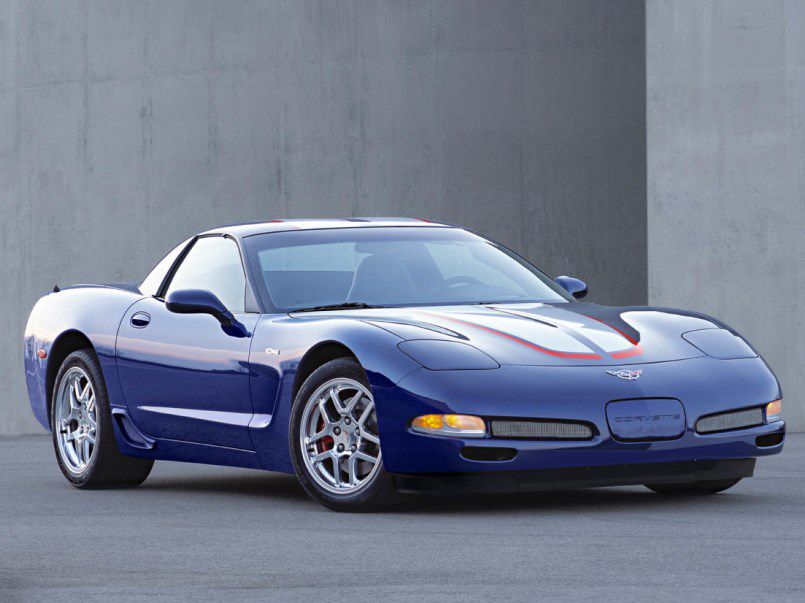
2006-13 Corvette Z06
Chevrolet introduced the sixth-generation (C6) Corvette for the 2005 model year, giving it more sinister looks inspired by the 1963-’67 Corvette and F/A22 Raptor fighter jet. A year later, the Z06 returned, this time with the LS7 7.0-liter V8, which cranked out a whopping 505 horsepower and 470 pound-feet of torque. The new Z06 featured carbon fiber front fenders, a unique aluminum frame, a dry sump oiling system, and Goodyear F1 Eagle Supercar tires. It came exclusively as a coupe with the 6-speed manual transmission. In Road & Track testing, the torque-rich LS7 pushed the Z06 to a 3.4-second 0 to 60 mph run and an 11.7-second quarter-mile time. In its first year the Z06 cost $65,800 and by 2013 that figure was $76,595. Today, these cars will cost you between $38,000 and $62,000, depending on year and mileage.
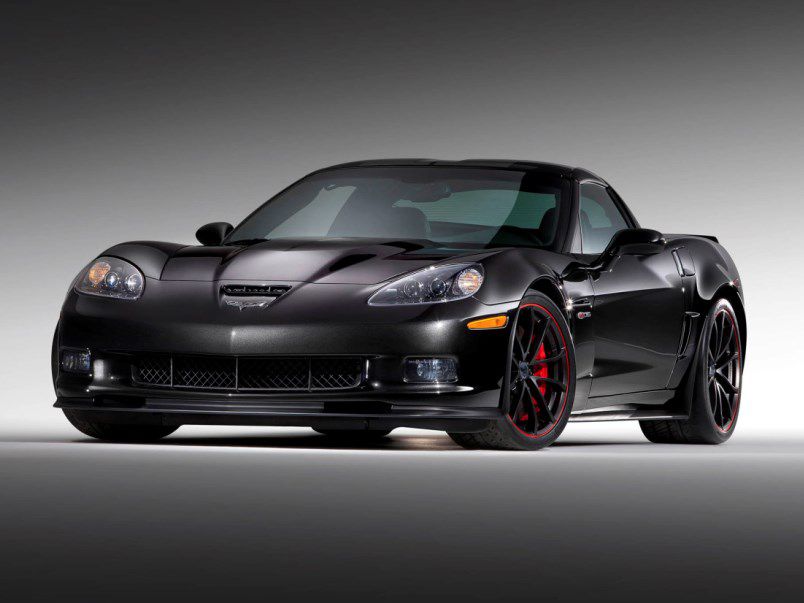
2009-2013 Corvette ZR1
After a 14-year hiatus, Chevrolet revived the ZR1 model for 2009, making it the best-performing Corvette to date. Power increased dramatically thanks to the new LS9 6.2-liter V8, which spun out a whopping 638 horsepower and 604 pound-feet of torque. The LS9 was the first supercharged engine in Corvette history, and it delivered supercar performance numbers: 0 to 60 mph in 3.3 seconds and the quarter mile in 11.4 seconds for Road & Track. But the ZR1 wasn’t just about straight-line speed. An aluminum body structure improved rigidity, carbon-fiber body panels cut weight, aluminum suspension components and a specially tuned version of the Magnetic Ride Control dampers aided handling, and carbon ceramic brakes provided track-ready stopping power. Pricing started at $103,300 and increased to $113,595 by 2013. Today those cars will still bring $68,000 to $93,000.

2015 Chevrolet Corvette Z06
The fastest Corvette of all time is the latest, the 2015 Z06 (read our review here). The new supercharged LT4 6.2-liter V8 spins out 650 horsepower and 650 pound-feet of torque, rocketing the car from 0 to 60 mph in an astounding 3.0 seconds and the quarter mile in 11.1 seconds in Car and Driver testing. The C7 Corvette’s stiff aluminum structure gives the Z06 enough rigidity to offer a convertible for the first time, while Magnetic Ride Control dampers improve both ride and handling, an electronically controlled limited-slip rear differential aids cornering and stability, and big Brembo brakes bring all that power and fury to a halt. The best performer is the Z07 package, which adds adjustable aero panels, sticky Michelin Pilot Sport Cup 2 tires, and massive carbon ceramic brakes. It is a remarkable amount of performance – yours for just $87,000.
